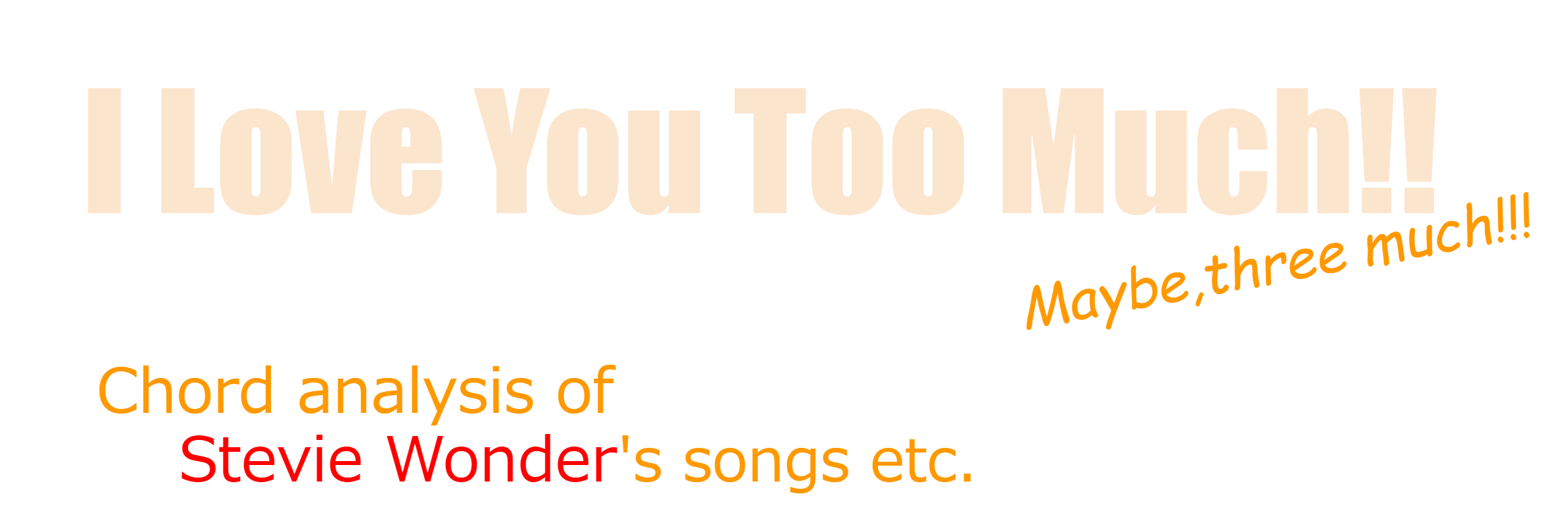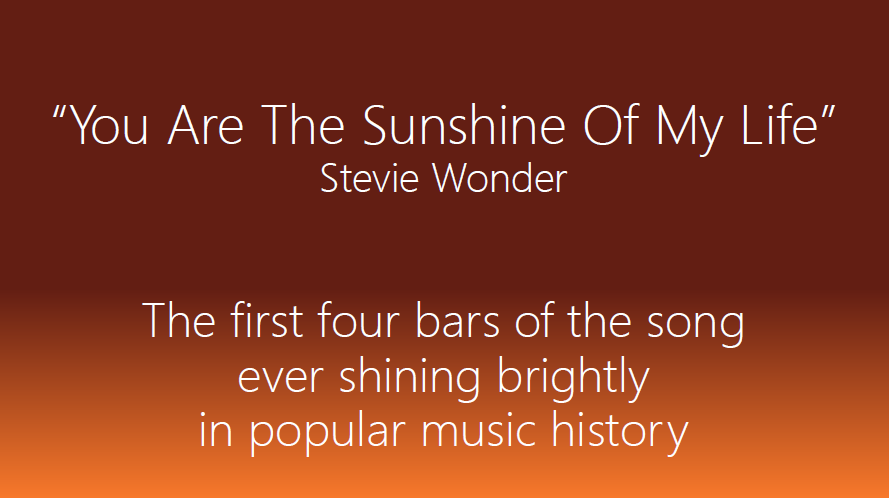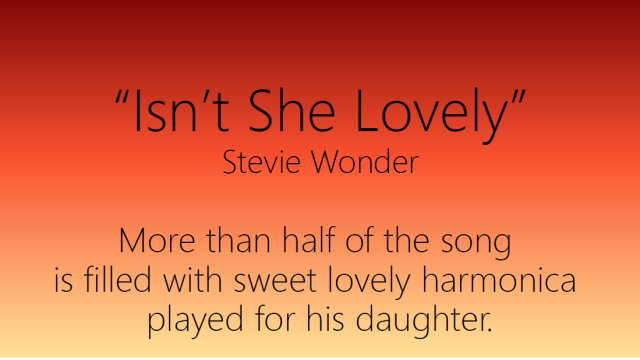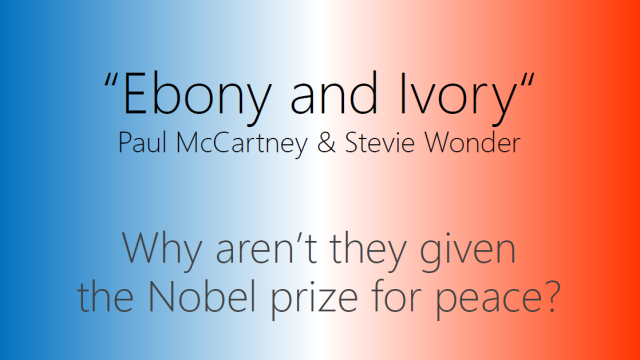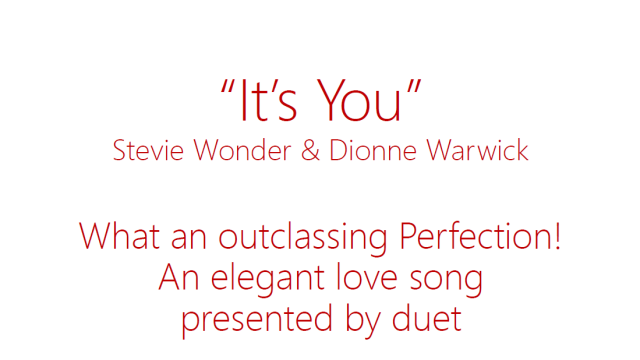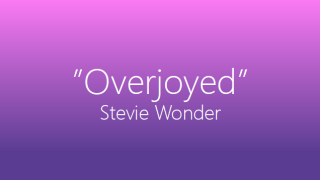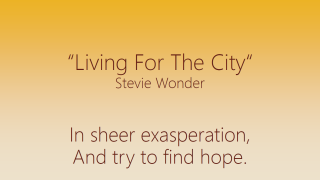Introduction
Stevie won the Grammy Awards for Best Male Pop Vocal Performance with this “You Are The Sunshine Of My Life”, Best Male R&B Vocal Performance and Best R&B Song with “Superstition” from the album “Talking Book”.
They are just the songs around when such “Genius” Stevie Wonder started to spark his activity with his full power and energy and the world’s recognition started spread.
The album was released in 1972, and this song is the honorable stared first song on the album. His divorce with Syreeta Wright was also in 1972, though. Could we guess such sunshine lady appeared in front of him at the same time? Oh, no, we’d better stop talking about such silly pry.
Stevie played all the instruments except for the bass and congas so I may guess he played electric piano and drum mainly. In the version recorded on the album “Original Musiquarium” later released, horn instruments were added from the 2nd verse. The addition sounds nothing wrong without feeling uncomfortable. (The movie above is the horn-added version.)
I think the arrangement of the horn section in the refrained part sounds quite innovative furthermore. Am I the only one who think that, aren’t I?
So, let’s check the chords up of the song, which got breakthrough together with “Superstition”!
Account for chords
Intro
B (add9) -> F#aug at Key: B is repeated twice. The arrangement to make the funny sound of aug chord likely naked in F#aug part is very impressive,
In the main part of the song, F#aug doesn’t appear even one second, but this intro perfectly matches to the song just like nothing else but this is it.
1st Verse
Don’t you think it’s quite tricky that the other singers than Stevie starts singing despite of the 1st song of the album, do you? The starter is a male singer, Jim Gilstrapirst and the next is a female singer, Lani Groves. I’m sorry, I don’t know the both.
The chordal topics of this song are condensed in the first four bars in the singing part, and such crucial chord appears as well.

Even someone who realize chord progression roughly whenever you listen to songs may see it is I -> IV -> IIIm7 -> VI7 if they listen to this part casually, don’t you? I’m also the one when I listen to this song first time.
I couldn’t sweep away a sense of discomfort with the copy only by ears at the time and finally I saw the musical score in the market. Then I was so astonished to see what this is !? That was my first encounter with this crucial chord F/G# (IV#/VI).
The keyboard figure is also presented as below. But you can realize the atmosphere of an original accompaniment by just playing the chords.
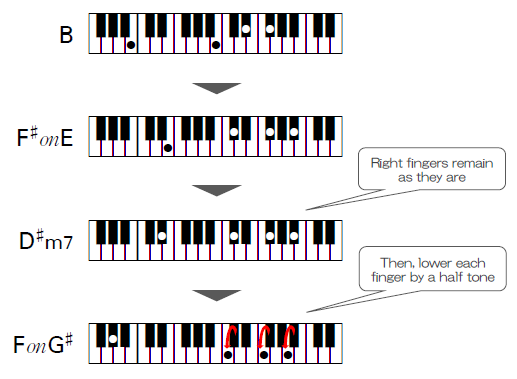
In the end part of the song, the chord is modulated a half tone to be Key:C, The Key:C version is also written down, that may be a little bit too early, though.
If you can’t find the symbols Key:B clearly to realize it well, this may be helpful.

2nd Verse

Although a slight dissonant chord appears, it’s just ignorable level Stevie might improvise to tinker the tension notes. His fingers may move unintentionally whether they follow the theory or not. Since the symbols may look complicated, the keyboard figures are also presented as below.
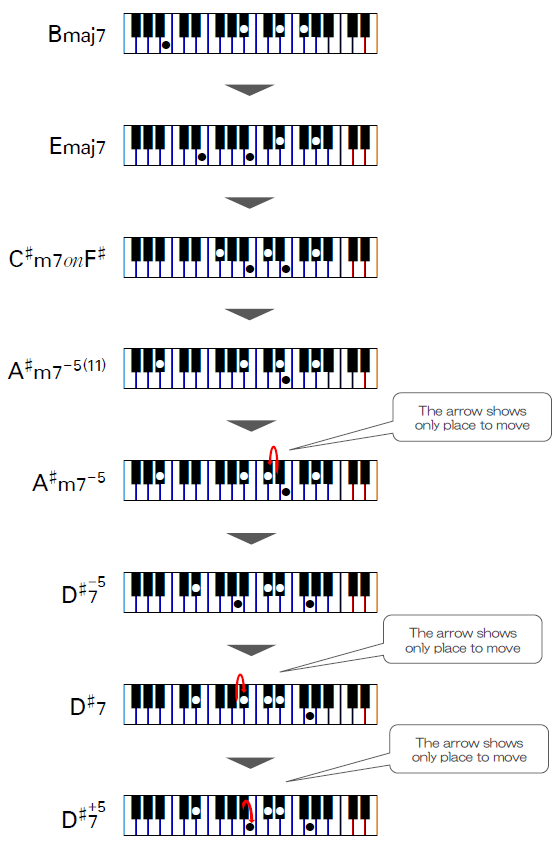
Much more highlighted point is, the slight modulation as the following figure.
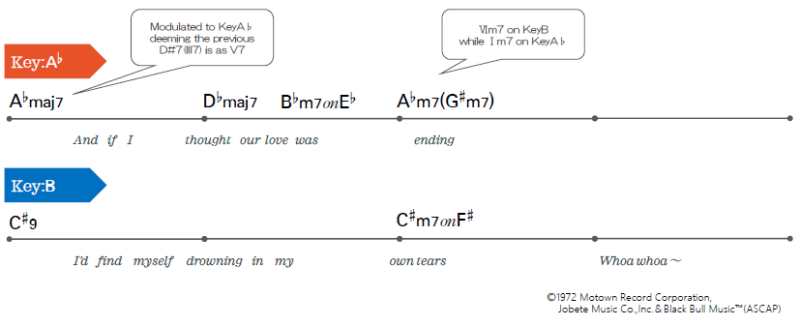
The chords have been progressed with Key:B until here and then, it is modulated to Key:A♭ deeming D#7 as Ⅴ7 that is Ⅲ7 in Key:B. Next, Ⅰm7 Stevie prefers is inserted and it goes back to Key:B. This pattern is also presented with the keyboard figures as below for your reference.
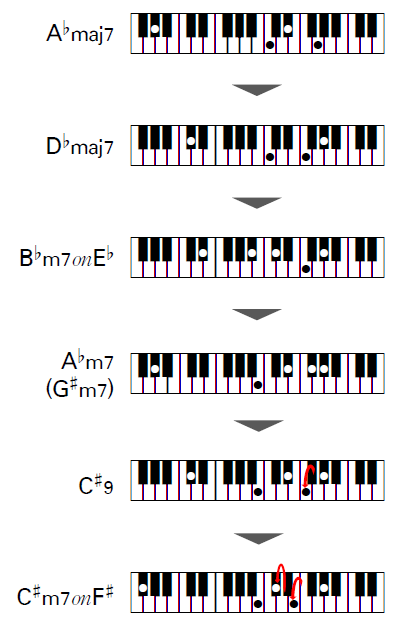
Then, it sharped in the end part and the song is fading out.
As I mentioned at the beginning of this article, don’t you feel cool the arrangement of the horn section in the refrained part straightforwardly, don’t you?
Although the first note of the horn section in the crucial chord (F/G# or F#/A) is not driven on the chord, such sense of discomfort makes me feel good vice versa.
I may be worrying about do you understand what I mean…?
In Conclusion
I’m writing blogs based on songs, so I put on a headphone to listen to the songs again carefully even if I do know them well. Speaking of this song, congas makes the hollow sounds and his drum are behind the sound. Why did he want to feature congas more than anything else? Was it what he was baking? Was the player (apparently Daniel Ben Zebulon) his favorite? It could be something avant-garde arrangement in my thought when it became a hit. Actually, I don’t know at all, though.
